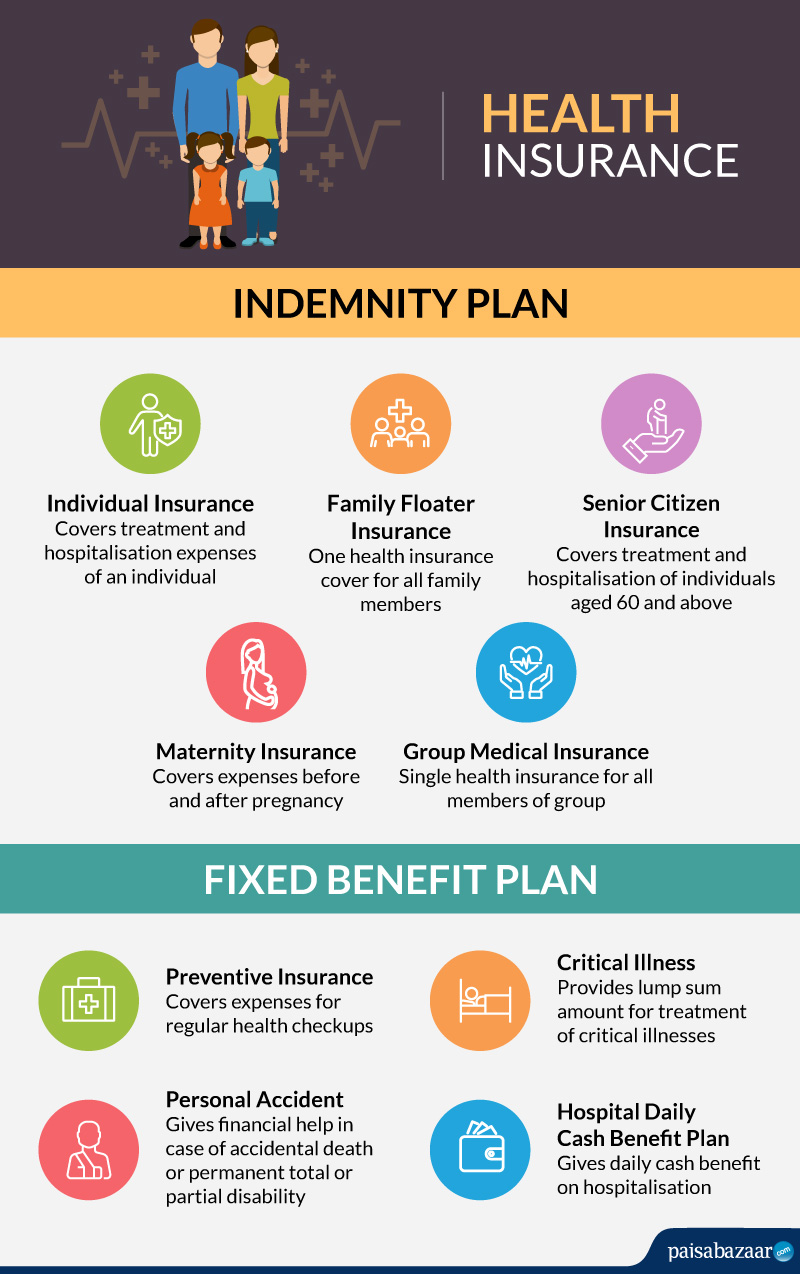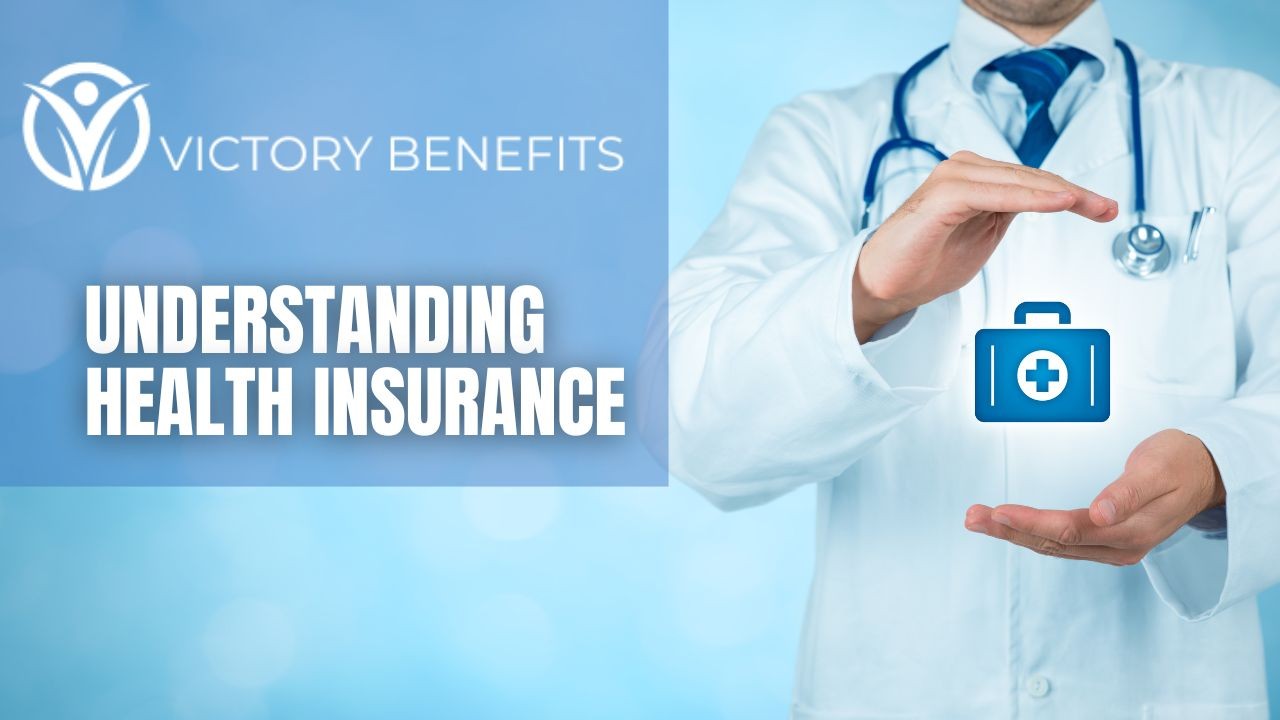How Medicare Advantage Agent can Save You Time, Stress, and Money.
How Medicare Advantage Agent can Save You Time, Stress, and Money.
Blog Article
Not known Incorrect Statements About Medicare Advantage Agent
Table of ContentsAn Unbiased View of Medicare Advantage AgentOur Medicare Advantage Agent IdeasOur Medicare Advantage Agent Ideas

follows from puzzling the reasonably young age profile of the without insurance with the much better wellness, generally, of younger individuals. This covers the web link in between health and wellness condition and health and wellness insurance policy. For those without access to office health and wellness insurance, poor wellness is a possible barrier to acquiring nongroup insurance coverage due to the fact that such coverage might be very valued, exclude pre-existing problems, or be just not available. The number of uninsured Americans is not specifically big and has not changed over the last few years. Seven out of ten participants in a nationally representative survey thought that fewer Americans did not have medical insurance than actually do(Fronstin, 1998). About fifty percent(47 percent )believed that the variety of individuals without wellness insurance policy reduced or remained continuous over the latter half of the last decade(Blendon et al., 1999). This decrease of nearly 2 million in the number of people 'without insurance coverage (a reduction
of around 4 percent)is certainly a positive modification. With a softer economic climate in 2000 the latest reported gains in insurance policy protection might not continue(Fronstin, 2001 ). The decrease in the number of without insurance will not continue if the economy stays sluggish and health treatment costs remain to surpass inflation. This is due to the fact that the information were accumulated for a period of solid economic efficiency. Of the estimated 42 million people who were uninsured, almost regarding 420,000(concerning 1 percent)were under 65 years of age, the age at which most Americans end up being qualified for Medicare; 32 million were grownups between ages 18 and 65, about 19 percent of all grownups in this age; and 10 million were kids under 18 years old, concerning 13.9 percent of all kids (Mills, 2000). These quotes of the variety of individuals without insurance are produced from the yearly March Supplement to the Present Population Survey (CPS), carried out by the Census Bureau. Unless otherwise kept in mind, nationwide quotes of individuals without medical insurance and proportions of the population with various kinds of protection are based upon the CPS, one of the most widely utilized source of price quotes of insurance policy protection and uninsurance prices. These studies and the quotes they yield are explained briefly in Table B. 1 in Appendix B - Medicare Advantage Agent. These surveys differ in dimension and sampling approaches, the inquiries that are inquired about insurance
Not known Facts About Medicare Advantage Agent
insurance coverage, and the time period over which insurance coverage or uninsurance is determined(Lewis et al., 1998, Fronstin, 2000a ). Still, the CPS is specifically valuable due to the fact that it creates annual quotes fairly promptly, reporting the previous year's insurance protection approximates each September, and since it is the basis for a constant collection of price quotes for more than two decades, permitting analysis of trends in insurance coverage over time.

Fascination About Medicare Advantage Agent
Over a three-year period starting early in 1993, 72 million individuals, 29 percent of the U.S. population, lacked protection for a minimum of one month. Within a single year(1994), 53 million individuals experienced a minimum of a month without coverage(Bennefield, 1998a). Six out of every 10 without insurance grownups are themselves used. Functioning does improve the probability that one and one's family members will have insurance policy, it is not a guarantee. Also members of families with two full time wage earners have virtually a one-in-ten opportunity of being without insurance (9.1 percent without insurance price)(Hoffman and Pohl, 2000 ). The connection between health and wellness insurance coverage and accessibility to care is well developed, as recorded later on in this chapter. The relationship between wellness insurance policy and health and wellness end results is neither direct nor straightforward, a considerable clinical and health and wellness solutions research study literature web links health and wellness insurance protection
to improved access accessibility care, better much betterTop quality and improved enhanced and population health wellness. The second report, on personal health and wellness results for without insurance grownups, is represented by the innermost circle of the figure, while the 3rd record, on household well-being, encompasses the subjects of the second report but stresses a various system of analysis, particularly, the family. The 6th record in the collection will provide details about methods and initiatives carried out locally, statewide, or across the country to address the lack of insurance and its damaging impacts. Degrees of analysis for analyzing the effects of uninsurance. This conversation of health and wellness insurance policy protection concentrates largely on the U.S. population under age 65 due to the fact that practically all Americans 65 and older have Medicare or various other public coverage.
Furthermore, it focuses particularly on those without any kind of medical insurance for any length of time. The problems faced by the underinsured are in some respects similar to those encountered by the without insurance, although they are generally much less serious. Uninsurance and underinsurance, nonetheless, involve clearly different policy concerns, and the approaches for addressing them might differ. Throughout this research and the 5 reports to adhere to, the major focus is on persons with no medical insurance and hence no assistance in paying for wellness treatment beyond what is readily available via charity and security net organizations. Medical insurance is an effective variable influencing invoice of treatment since both individuals and physicians respond to the out-of-pocket cost of solutions. Medical insurance, however, is neither essential neither sufficient to gain accessibility to medical solutions. Nevertheless, the independent and straight impact of health
insurance policy coverage on accessibility to health solutions is you can look here well established. Others will certainly obtain the health and wellness care they need also without health and wellness insurance, by spending for it out of pocket or seeking it from providers that use care complimentary or at highly subsidized prices. For still others, medical insurance alone does not ensure receipt of treatment because of other nonfinancial obstacles, such as a lack of health and wellness treatment companies in their area, limited access to transport, illiteracy, or etymological and cultural differences. Official study about uninsured populations in the USA dates to the late 1920s and very early 1930s when the Committee on the Expense of Treatment generated a collection of reports concerning financing medical professional office brows through and hospitalizations. This issue came to be significant as the numbers of medically indigent climbed throughout the Great Anxiety. Empirical researches continually sustain the web link between access to care and enhanced health and wellness end results(Bindman et al., 1995; Starfield, 1995 ). Having a normal resource of treatment can be considered a predictor of access, rather than a direct procedure of it, when wellness end results are themselves made use of as accessibility indications. This expansion of the idea of accessibility dimension was made by the IOM Board on Monitoring Accessibility to Personal Health Treatment Provider(Millman, 1993, p. Whether parents are insured appears to affect whether their youngsters obtain care as well as just how much careeven if the kids themselves have insurance coverage(Hanson, 1998). The health and wellness of parents can affect their ability to care for their children and the degree of family members anxiety. Fretting regarding their children's accessibility to care is itself a resource of anxiety for parents. 3 phases comply with in this report. Phase 2 supplies a summary of how employment-based wellness insurance coverage, public programs and private insurance coverage operate and communicate to offer extensive yet incomplete coverage of the united state population. This consists of a review of historic patterns and public laws impacting both public and private insurance policy, a discussion of the interactions among the various sorts of insurance coverage, and an assessment of why individuals move from one program to one more or wind up

Report this page